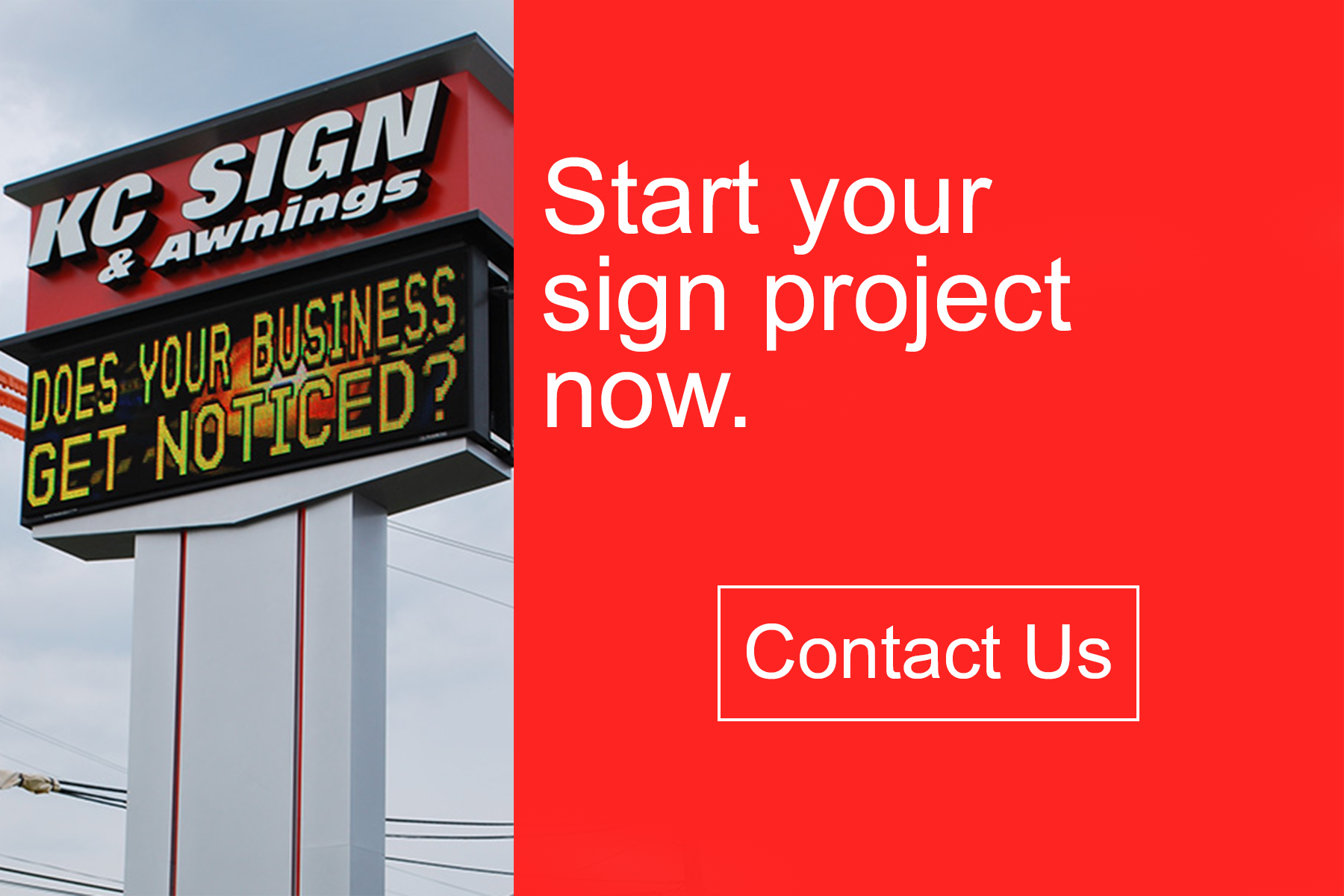To be compliant with ADA requirements, your business’ interior signage needs to be properly placed and designed. This compliance prevents you from being fined for not following proper protocol, but more importantly, it makes your business location more accessible for everyone.
There are specific requirements for signage, such as the visual copy appearance and ADA sign height (or placement). In this article, we help you better understand the ADA sign guidelines and give you tips for where to place these accessible signs.
ADA Sign Regulations in Brief
ADA regulations don’t apply to every sign for your business. The rules apply to interior navigational signs, such as for room identification and bathroom signs. Any sign that directs people to another location should be ADA compliant because you may have disabled visitors at any time.
You want to stay compliant with ADA regulations, so follow these sign design and placement tips.
ADA Sign Design Tips
ADA signage guidelines are focused on making signs easy to read for everyone, such as a person with blindness or someone in a wheelchair. The blind person would need braille lettering on navigational signs in order to see where he or she is going. The person in a wheelchair would need the signs to be low enough to read.
To benefit everyone, you’ll want your signs to have readable fonts, a glare-free finish, etc. to truly make the right impact. Anything that gets in the way of your customers’ access gets in the way of your business.
ADA Sign Placement Tips
The ADA guidelines for sign placement changed in 2010. Originally, the mounting height was 60 inches from the floor to the center of the sign. As of 2010, ADA sign height is now variable. The new height requirements say ADA signs should be at most 60 inches from the floor and no lower than 48 inches. This is measured from the baseline of the tactile characters from the floor.
In addition, it is also essential that people are able to approach your sign without any protruding objects getting in the way. When someone is within 3 inches of your sign, they shouldn’t be in the pathway of traffic, such as a swinging door. When adding ADA signs near an entryway, you should mount them to the wall on the latch side of the door.
———
When working to improve your ADA compliance at your business, you’ll want to work with a single sign provider both for design and functionality. Navigating ADA sign requirements can be complex, but you don’t have to do it on your own. By hiring one sign provider, you’ll have the opportunity to not only be ADA compliant but also see the value in adding more signs as well.
When you work with a sign provider, you’ll want a company who can handle your complete project from start to finish. This company should have the capacity to create exterior and interior signage while also understanding the ADA requirements for your business location.
When you’re ready for your next sign project, whether for ADA compliance or otherwise, contact us for a consultation.


